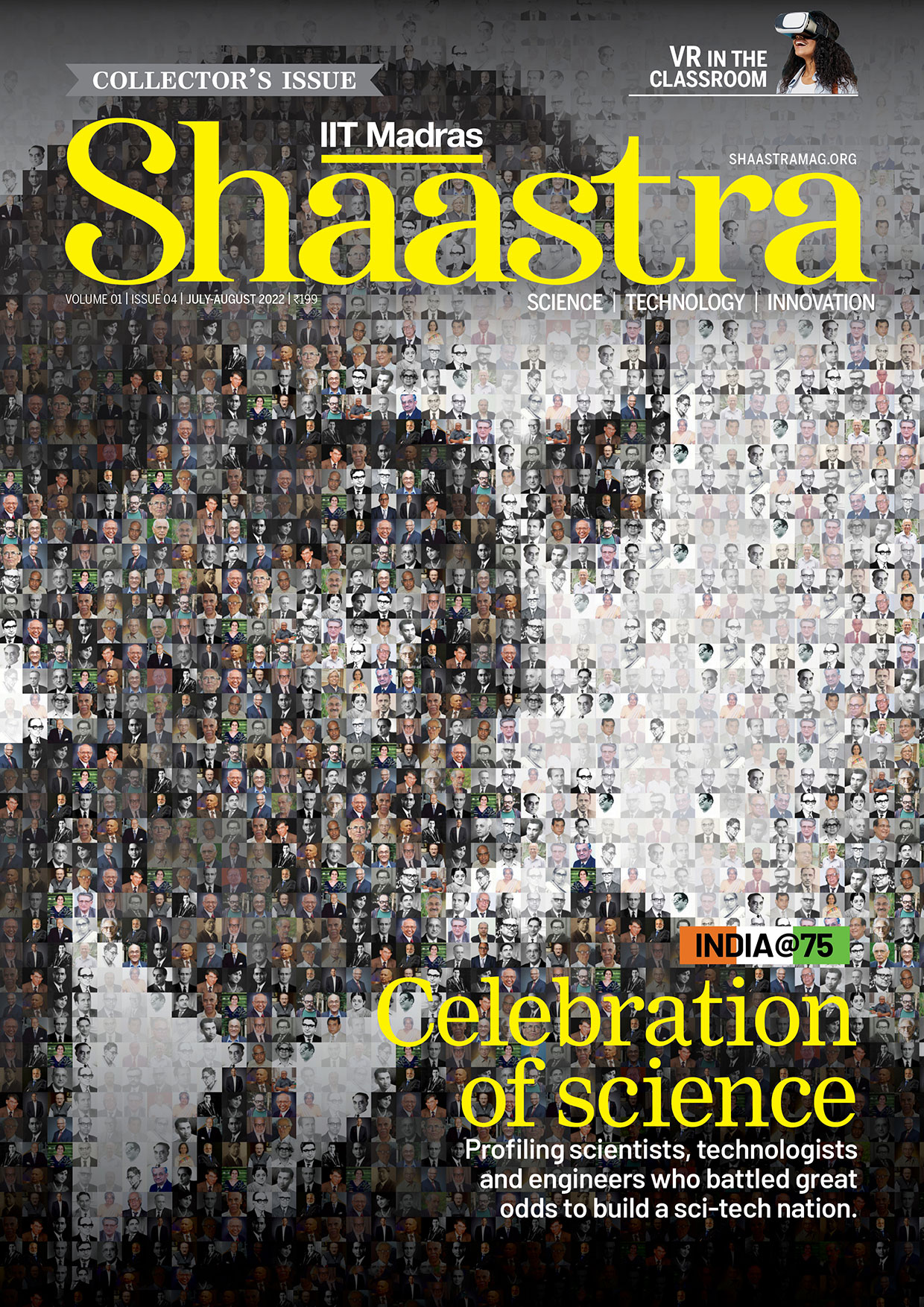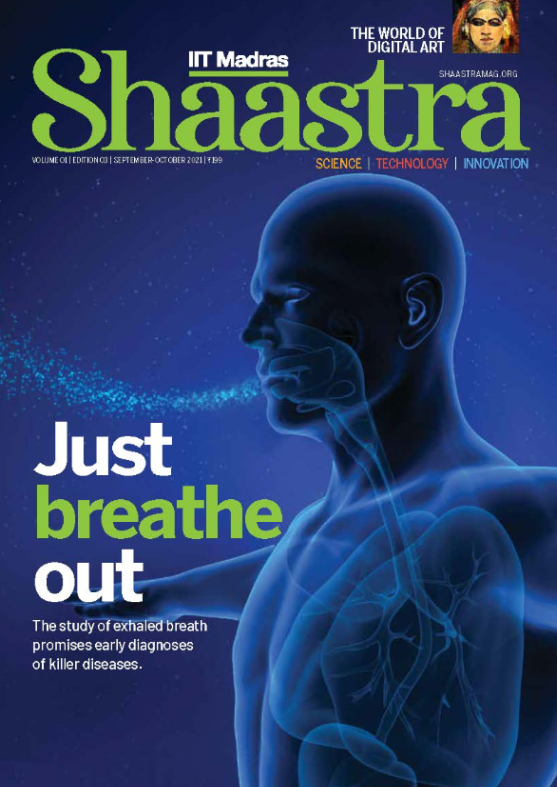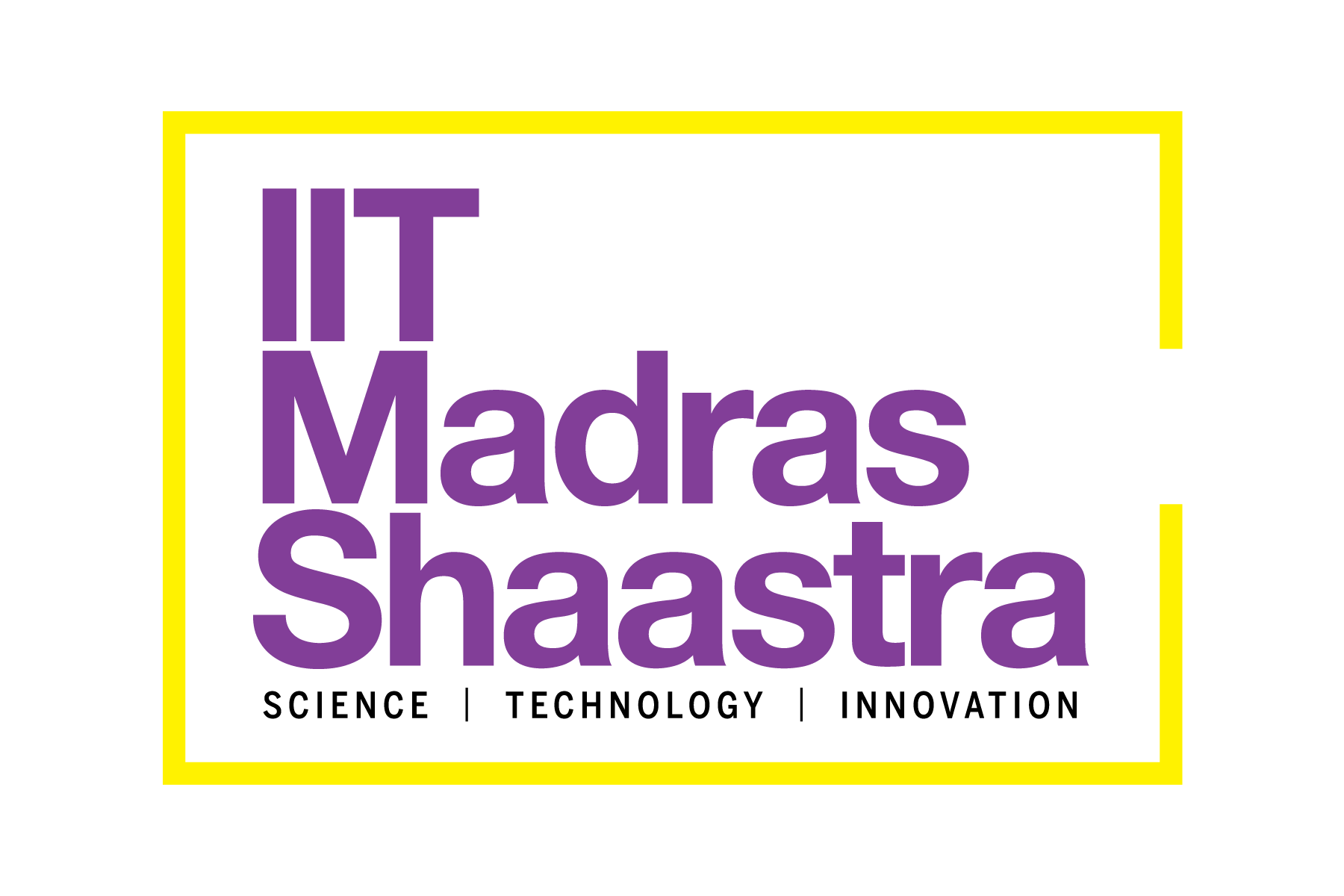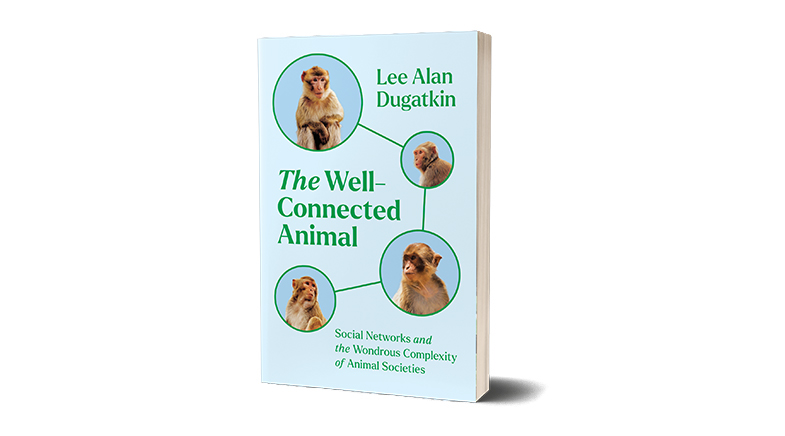Wave or particle?
-
- from Shaastra :: vol 04 issue 09 :: Oct 2025

MIT researchers throw new light on an old debate.
Wolfgang Ketterle's laboratory at the Massachusetts Institute of Technology (MIT) specialises in cooling individual atoms to the "ultracold" level — temperatures just above absolute zero — and, as they shiver, arrange them in space using lasers. With this process, the researchers in the U.S. lab study quantum phenomena involving isolated atoms. Physicist Ketterle won the Nobel Prize in 2001 for his work in proving that at very low temperatures, atoms with whole-number spins condense into what is called a Bose-Einstein condensate.
Niels Bohr and Albert Einstein, stalwarts who worked during the formative years of quantum mechanics, engaged in a debate on whether the wave and particle natures of light could be observed simultaneously. Einstein argued that the two could be observed simultaneously, while Bohr said only one of the two could be observed at any time.
Scientists have shown that experiments favour the second option. The experiment conducted by Ketterle's team is the latest in this line (bit.ly/Light-Scattering). "We were investigating how atoms scatter light, and it turned out that there is a connection of our findings and the double-slit experiment in the context of the Bohr-Einstein debate," says Vitaly Fedoseev, a postdoctoral Associate in the lab.
The double-slit experiment was described in 1801 by British scientist Thomas Young, who argued that light was essentially a wave.
Using laser beams, Ketterle's team creates a lattice in space, holding individual cold atoms in the interstices. The atoms are in place like eggs in an egg holder. The researchers shine light on this array of nearly 10,000 atoms and observe the diffracted beam. Momentarily, they can release the laser lattice's grip on the atoms, and just as the atoms begin falling, they shine light and, in principle, observe which atom absorbs and emits the photon. They note the interference fringes melting as they track the atoms. They deduce that they can either observe the wave-like interference behaviour of the light or track the photons — but not both.
PAST ISSUES - Free to Read


Have a
story idea?
Tell us.
Do you have a recent research paper or an idea for a science/technology-themed article that you'd like to tell us about?
GET IN TOUCH














